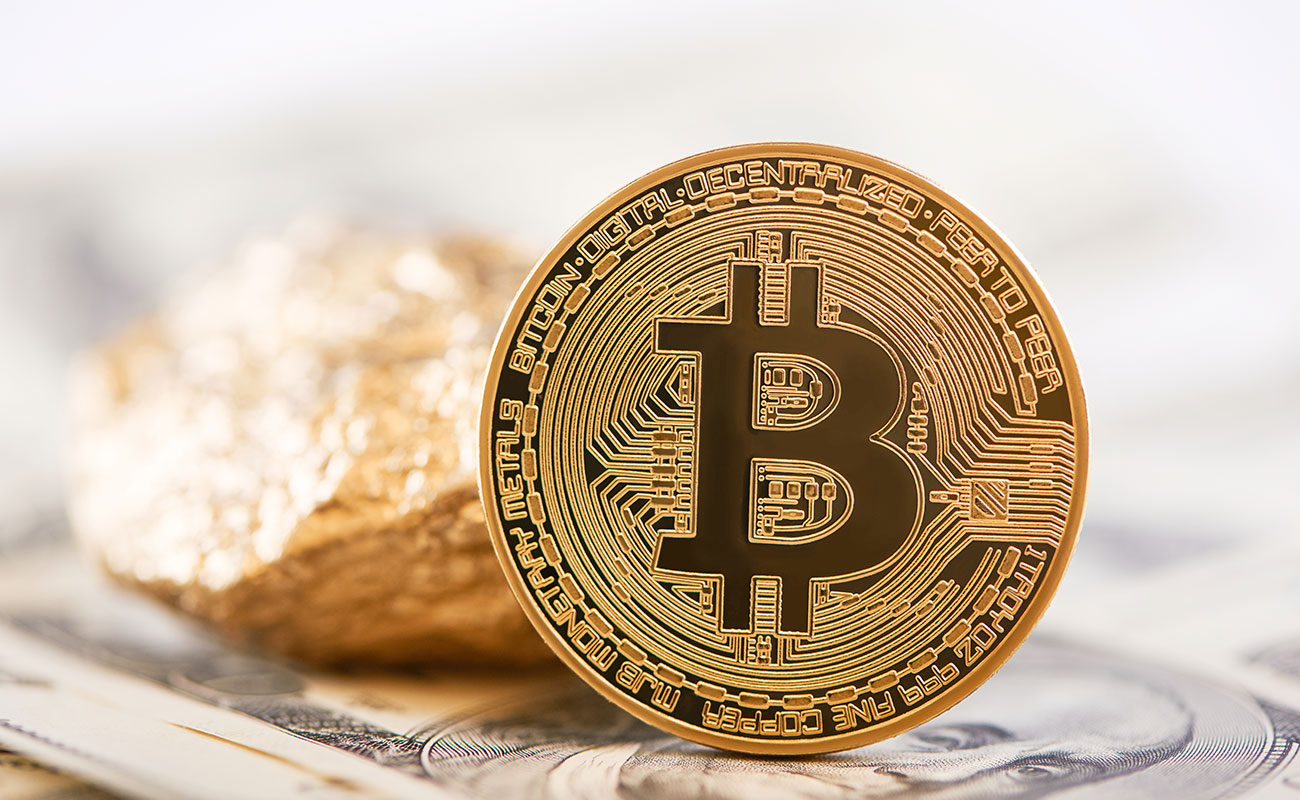By FinTech Insight Today
A Cashless Future at Our Fingertips
The way we handle money has undergone a dramatic transformation in recent years. From traditional wallets filled with cash and cards to digital payment wallets stored on smartphones, the evolution of financial transactions is reshaping how people shop, transfer money, and manage their finances. Whether you’re grabbing a coffee in Kuala Lumpur, paying for groceries in London, or sending money overseas from New York, digital wallets are becoming a global standard.
Driven by mobile technology, increased internet access, and consumer demand for convenience, digital payment wallets are now used for everything from utility payments and ride-hailing to international remittances and e-commerce. But while the benefits are numerous, this digital leap also brings with it a unique set of challenges.
This article takes a comprehensive look at the advantages and disadvantages of switching to a fully digital payment wallet, helping individuals and businesses alike make informed decisions in an increasingly digital economy.
What is a Digital Payment Wallet?
A digital payment wallet (also known as an e-wallet or mobile wallet) is an application or software-based platform that securely stores users’ payment information and enables electronic transactions without the need for physical cash or cards. Common digital wallet providers include:
- Apple Pay, Google Wallet, Samsung Pay
- PayPal, Venmo, Cash App
- AliPay, WeChat Pay
- Wise, BigPay, Touch ‘n Go eWallet (Malaysia)
- Paytm, PhonePe (India)
- GrabPay, ShopeePay (Southeast Asia)
Digital wallets can be closed (for specific platforms), semi-closed (limited merchant networks), or open (linked with bank accounts or cards for broader use).
The Pros of Switching to a Fully Digital Payment Wallet
- Convenience and Speed
Digital wallets eliminate the need to carry physical cash or cards. Transactions can be completed in seconds with a fingerprint, facial scan, or PIN — making them ideal for busy lifestyles and on-the-go payments.
- Enhanced Security
Most digital wallets use encryption, tokenization, and biometric authentication to safeguard user data. Unlike physical wallets, which can be lost or stolen, e-wallets can be remotely disabled if a phone is lost.
- Transaction History and Budgeting
Digital wallets provide detailed records of spending, helping users track their finances more easily. Many apps include built-in tools for budgeting, goal setting, and expense categorization.
- Access to Digital Ecosystems
Users can earn cashback, discounts, and reward points through wallet-based loyalty programs. In integrated ecosystems like Grab or Shopee, wallets provide seamless access to food delivery, ride-sharing, shopping, and more.
- Support for Contactless and Remote Payments
Especially after the COVID-19 pandemic, contactless payments have become more desirable. Digital wallets support NFC, QR codes, and remote transactions, reducing the need for physical interaction.
- Global Accessibility
Digital wallets are ideal for cross-border transactions, travel, and remittances. Platforms like Wise and PayPal allow for multi-currency wallets and international transfers with lower fees compared to traditional banks.
The Cons of Going Fully Digital
- Dependence on Technology
If your smartphone battery dies, the app crashes, or there’s no internet access, you might be left unable to make payments. Digital wallets require constant connectivity and functioning hardware.
- Limited Acceptance
While growing rapidly, some small businesses, especially in rural areas or developing countries, still prefer cash. Not all merchants accept all types of digital wallets, creating potential payment gaps.
- Privacy and Data Concerns
Digital wallets collect vast amounts of transactional and behavioral data, which can raise privacy concerns. Misuse of data by third parties or unauthorized tracking may be an issue in poorly regulated markets.
- Cybersecurity Threats
Although secure by design, no system is immune to hacking. Phishing, malware, SIM swaps, and social engineering can compromise accounts, especially for users who don’t follow good cybersecurity practices.
- Fees and Hidden Charges
Some wallets charge transaction fees, currency conversion charges, or monthly maintenance costs. Understanding the fee structure is important to avoid unexpected deductions.
- Digital Exclusion
Not everyone has access to a smartphone, mobile internet, or digital literacy. Elderly populations, low-income communities, and rural users may face barriers to adoption, widening the financial inclusion gap.
Use Cases: Where Digital Wallets Excel
- Urban Living: Contactless subway rides, mobile food orders, and QR-based retail shopping
- Online Shopping: Fast checkouts with one-tap payments across e-commerce platforms
- Travel: Currency exchange, hotel bookings, and in-app ride-hailing services abroad
- Gig Economy: Freelancers and drivers receiving instant payments without bank delays
- Bill Payments: Paying utility bills, insurance, and rent without paper or queues
Balancing Digital with Traditional Options
While the benefits of digital wallets are clear, a hybrid model may still be ideal for many. Keeping a minimal amount of cash or a physical card as backup can ensure smooth transactions in areas with limited digital infrastructure.
Likewise, understanding the nuances of regional wallet ecosystems — like GCash in the Philippines, TNG in Malaysia, or Paytm in India — allows users to make smarter choices based on where they live, work, or travel.
Conclusion: Should You Make the Switch?
Switching to a fully digital payment wallet can significantly improve convenience, security, and financial awareness. For urban users, tech-savvy individuals, and global travelers, the benefits are undeniable. However, digital wallets are not one-size-fits-all. Consider your location, habits, internet access, and security literacy before fully committing.
The future of finance is undoubtedly digital, but for it to be inclusive, safe, and efficient, consumers must weigh the pros and cons — and use digital tools wisely.








